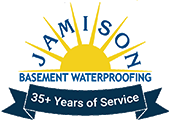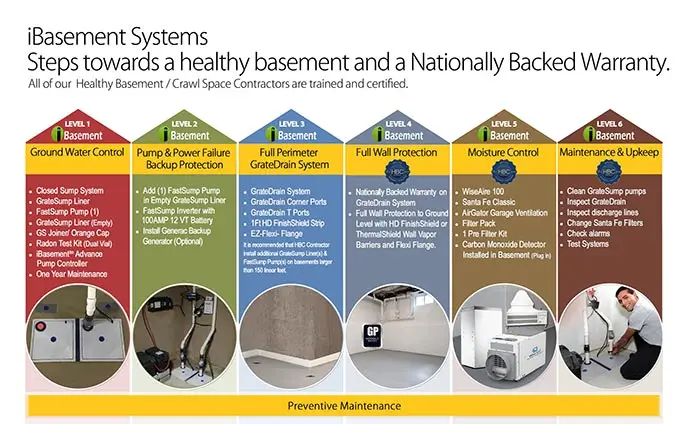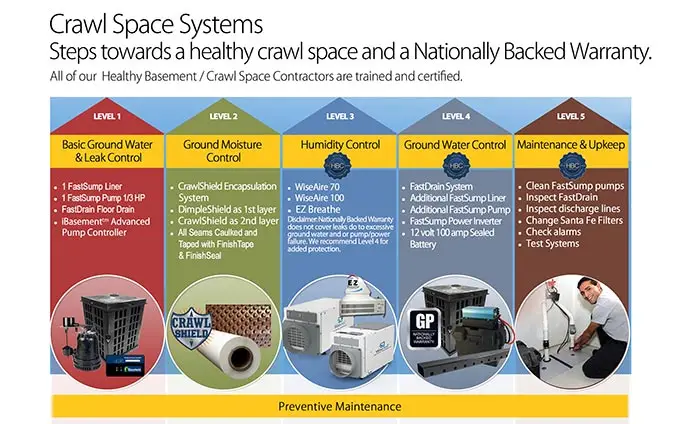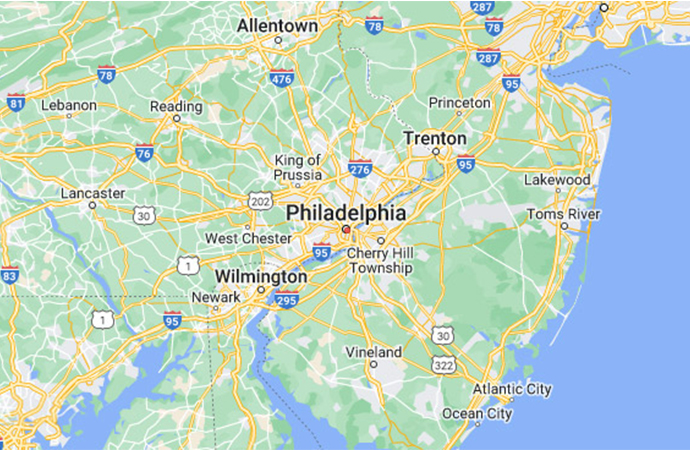Garage Drainage Systems Professionally Installed in the Philadelphia, Cherry Hill & Wilmington Areas
Proper drainage is essential in garages to prevent water accumulation, which can lead to structural damage, mold growth, and safety hazards. Implementing an effective drainage system ensures a safe and dry environment. Here are some common drainage solutions suitable for garages:
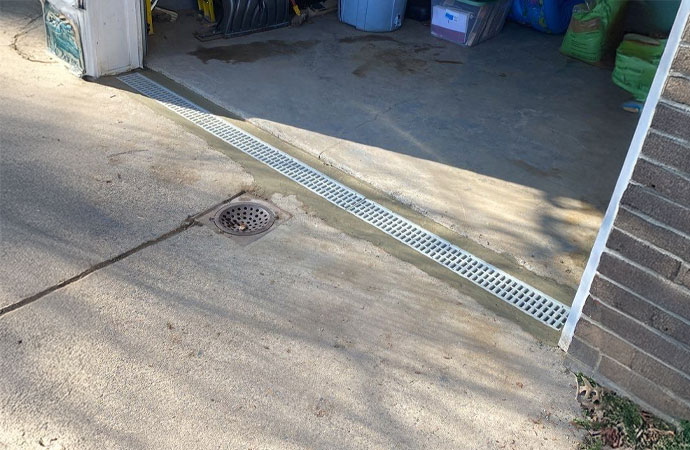
- Trench Drains
- Slot Drains
- French Drains
Trench drains, also known as channel drains or linear drains, are narrow channels installed into the garage floor to collect and redirect surface water. They consist of a trough-shaped body covered by a grating that sits flush with the floor surface. This design allows for efficient water evacuation, making them ideal for areas prone to water exposure, such as garages. Trench drains are typically made from materials like concrete, polymer, or metal and come in various widths and depths to accommodate different flow capacities.
Slot drains are a type of linear drain characterized by a narrow, elongated opening at the surface, eliminating the need for a grating. This minimalist design reduces maintenance requirements and enhances durability, as there are no grates that can deteriorate or require replacement. Slot drains are particularly suitable for areas with heavy traffic or where aesthetics are a consideration, seamlessly integrating with various flooring materials.
French drains are sub-surface drainage systems consisting of a trench filled with gravel or rock, often containing a perforated pipe that redirects groundwater away from the garage. They are effective in preventing water from penetrating or damaging foundations by managing groundwater and surface water. While commonly used around building foundations, they can also be adapted for garage applications to address specific drainage needs.
Considerations for Installation
When planning a garage drainage system, consider the following factors:
- Slope and Floor Design: Ensure the garage floor is properly sloped toward the drainage system to facilitate effective water flow.
- Load Capacity: Select drainage components that can withstand the expected load, especially if the garage accommodates heavy vehicles or equipment.
- Material Selection: Choose materials resistant to corrosion and suitable for the garage environment to ensure longevity.
- Local Regulations: Consult local building codes and regulations to ensure compliance with drainage system installations.
